I found out late last month that the Australian archaeologist, Kim Akerman, had died peacefully at his home with his wife, Val, in Hobart. Even typing this makes me feel tearful, for a man who lived on the other side of the world and whom I had never met in person. So why tearful? In spite of the fact that we never met face to face Kim has been incredibly helpful and supportive, and played a fundamental role in my own stone tool making journey.
When I became interested in glass as a material, and Kimberley Points as a focus, a quick search on Academia.edu revealed that Kim was the preeminent scholar when it came to these glass points. I started to download one of his papers and Academia.edu asked me if I wanted to let the author know why I was downloading (Figure 1.). I can’t remember exactly what I put, but it was brief and along the lines of “I want to learn how to make Kimberley Points“.
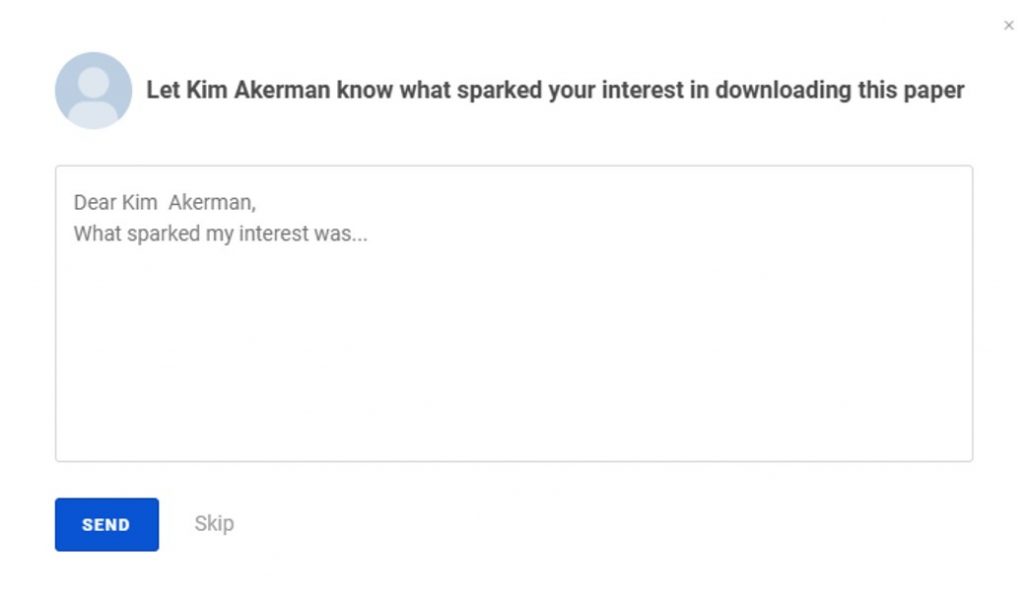
Figure 1. Academia.edu helping me make new friends.
I was pleasantly surprised when Kim quite quickly got back to me, recommending two out of print books (Figure 2.) and offering to email me two of his own Powerpoint lectures to boot. We swapped emails and Kim sent the relevant lectures over (Figure 3.). By then I really did have a lot of valuable information to start my Kimberley Points journey.
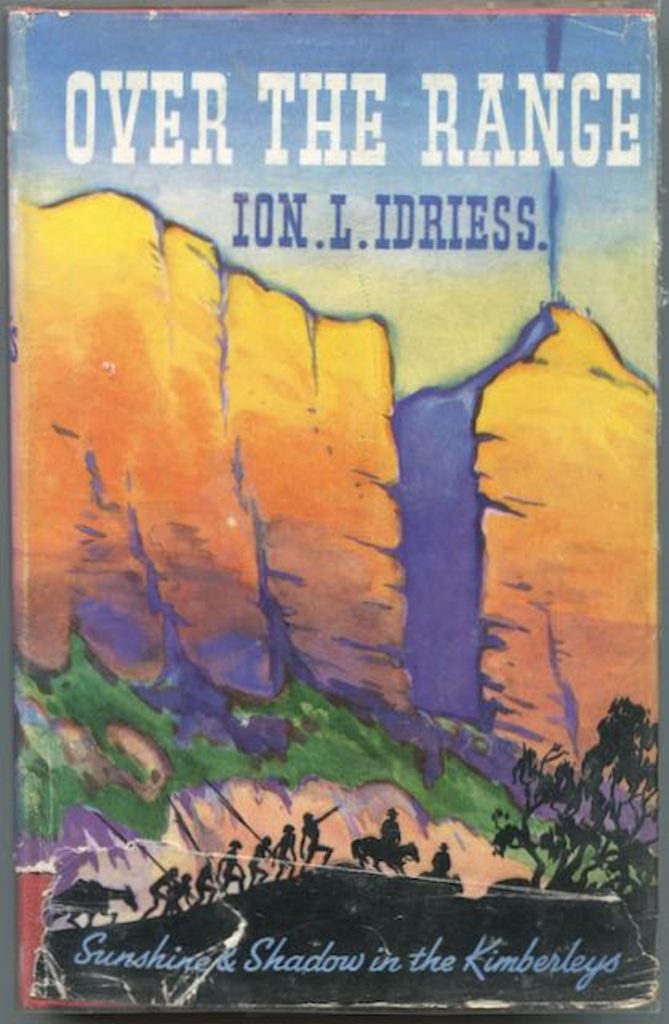
Figure 2. One of the two out of print books Kim recommended.
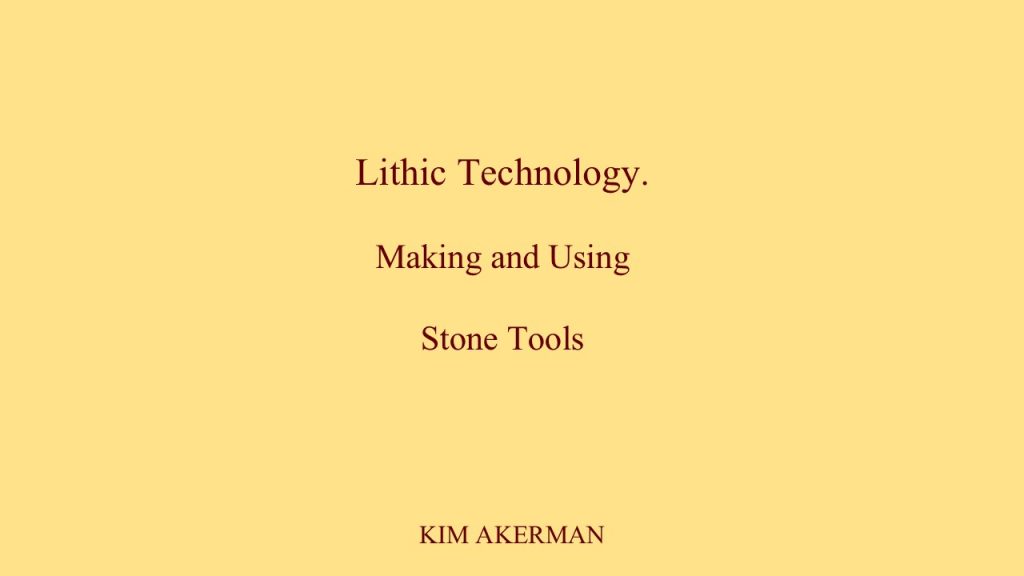
Figure 3. One of the two Powerpoint lectures Kim sent over.
I had Kimberley Points to look at in Manchester Museum, a plentiful supply of period glass to work with, and Kim’s guidance on equipment and process, so I got on with it. It was by through going through the making process that I realised there were things I didn’t understand. So in 2018 I got back in touch with Kim. In particular I was interested in the correct way to turn the edges of the bottle to start the pressure flaking process, and how to avoid losing too much width. In response, Kim made a Rose Leaf point (Figure 4.) and provided me with this breakdown of the complete reduction sequence.
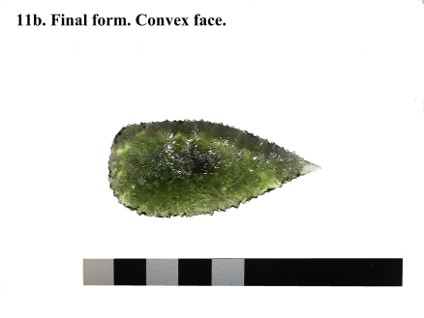
Figure 4. Kim’s completed Rose Leaf point made from a water worn glass fragment.
I kept in touch with Kim, intermittently sending him any Kimberley Point related publications or media produced here, for his records, as he asked me to do. In looking back through my emails I realise my first contact with Kim was in or around 2016 on my old student email address, which is no longer accessible. In March this year Kim got in touch to to ask me for my actual address (Figure 5.). He had contracted Raynaud’s Syndrome which had affected his ability to work stone, and he had a Calytrix exstipulata, or Turkey Bush wooden pressure flaker that he was happy to send in my direction.
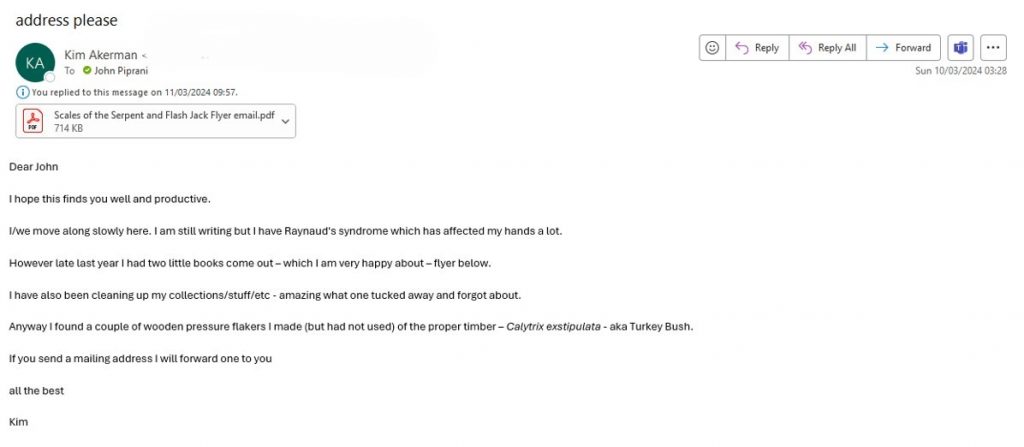
Figure 5. Kim’s email telling me about how Raynaud’s Syndrome had affected his hands.
I thought about how I would feel if my body wouldn’t allow me to flint knap again, and realised that for me, and perhaps for Kim, this would be a significant loss. Anyway, I sent Kim the address and a couple of weeks later the pressure flaker arrived in Manchester (Figure 6.).
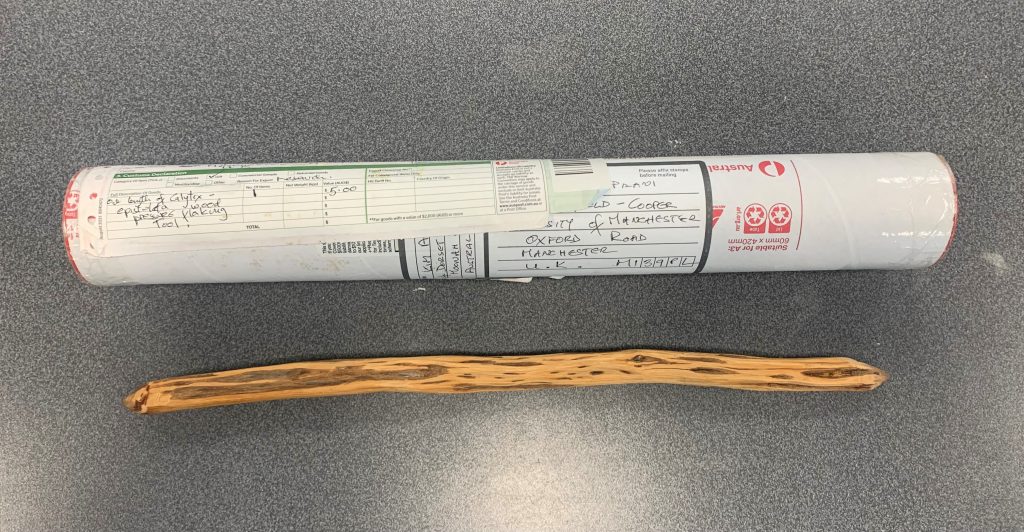
Figure 6. The tube and Calytrix exstipulata, or Turkey Bush wooden pressure flaker.
I haven’t used the pressure flaker. It still lives in its tube, partly because the pressure flaker, tube and handwritten details seem to capture something for me. It materialises a relationship and Kim’s kindness at a time that I suspect was quite difficult for him. Having said that, I also suspect he would want me to use the pressure flaker, not transform it into some kind of museum object or religious icon!
Anyway, I found the need to email Kim again last month. I ran two scraper making sessions here in Manchester, and through that process realised that I discussed an Aboriginal focus upon edge angle (Figure 7.), but didn’t fully understand that aspect myself. I emailed Kim to get some guidance on relevant readings.
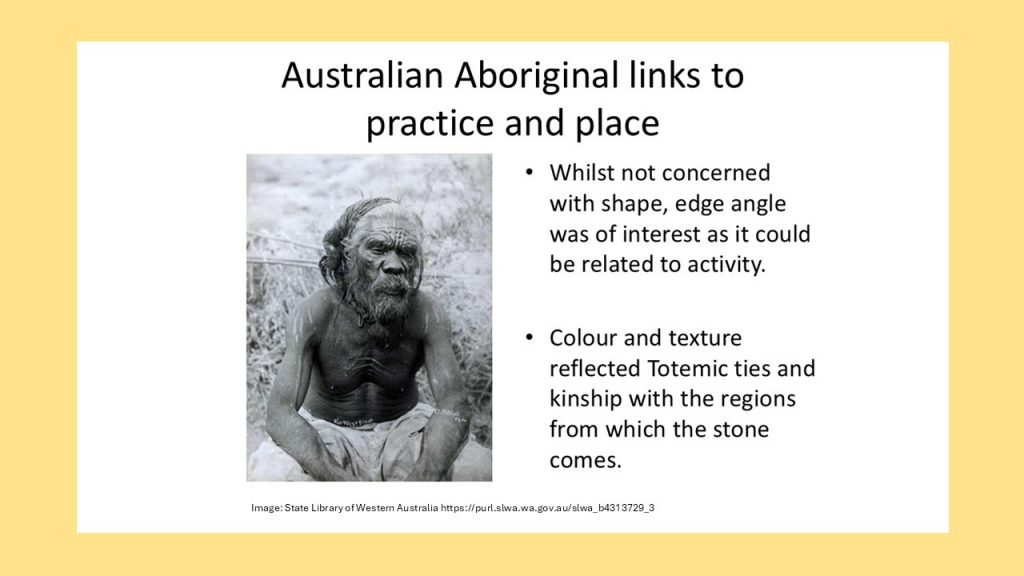
Figure 7. My Powerpoint slide discussing an Aboriginal perspective on scrapers.
Again I received a very quick response (Figure 8.), but this time it wasn’t something I would be pleased about.

Figure 8. The automatic email response I received late last month.
Kim was a very kind and giving person, not just to me, but as this video from the Tasmania Aboriginal Education Services shows, he made a positive impact on many people’s lives. Whilst writing this post does makes me feel tearful, Kim had a rich life, and as the email stated, he died peacefully at his home with his wife, Val. Perhaps a rich life and a peaceful passing with your loved ones close is the best any of us can hope for.
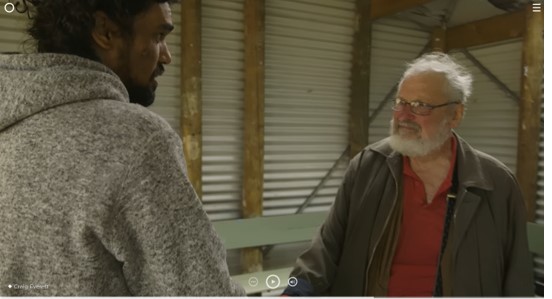
Figure 9. Kim Akerman being thanked by Craig Everett for sharing his knowledge and skills.
Kim Akerman. 5/11/1947 – 19/9/2024.
Leave a Reply